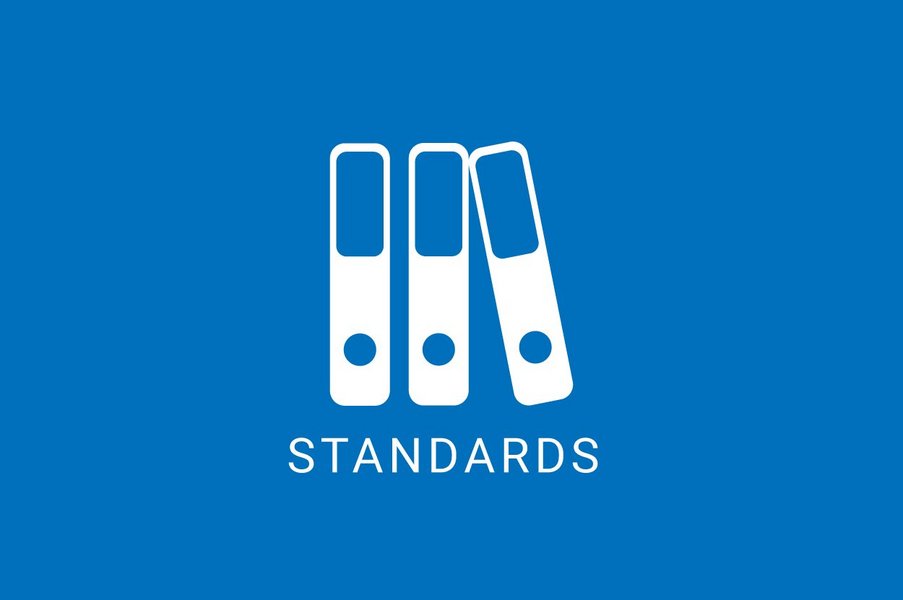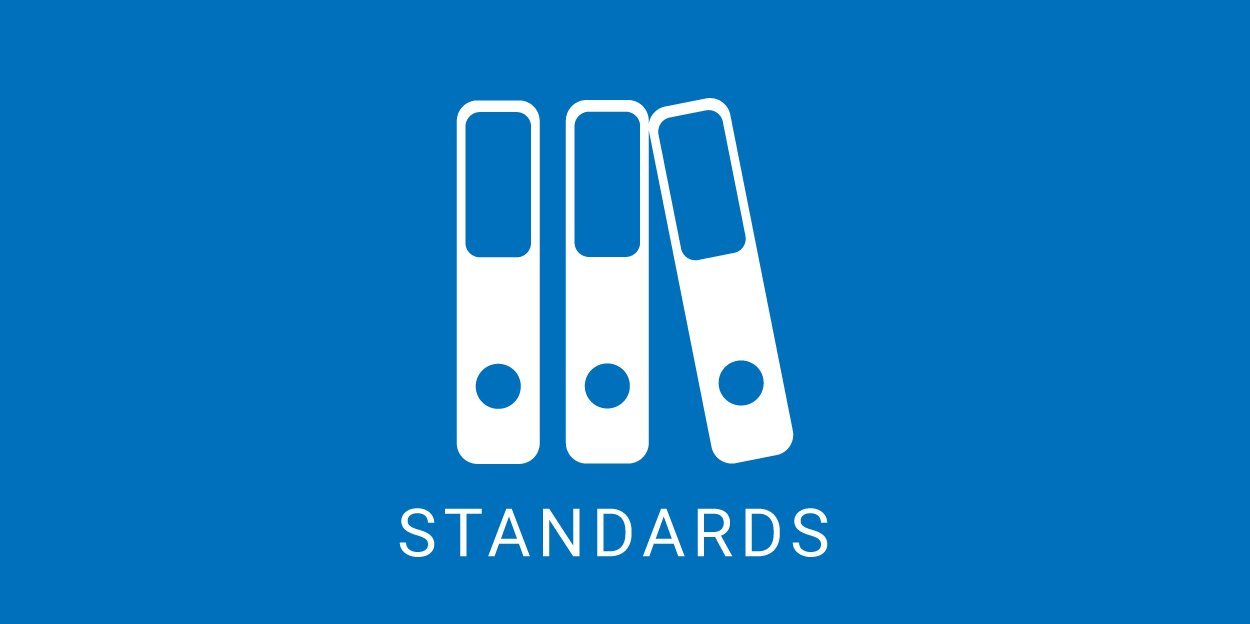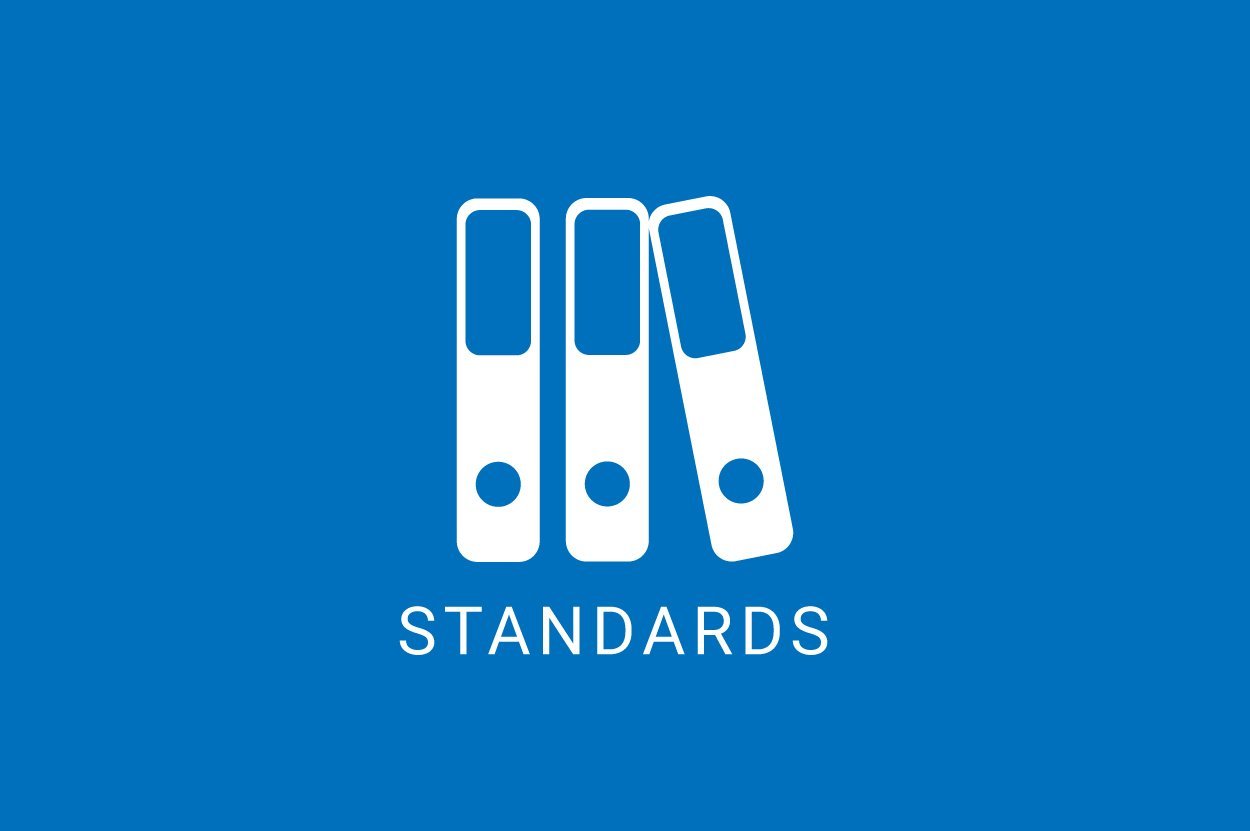Do we really have to? Obligation to obey standards?

Standards have to be obeyed, that’s what they are there for, aren’t they? Unfortunately, it’s not that easy. The correct answer like so often is: It depends. Read on to find out on what it depends.
A standard is not a law but a recognized rule of technology. It becomes mandatory when it is included in the law or when the law requires a standard to be followed. An important reason for this might be to protect people or things. Electrical codes, for example, have to be followed.
Evidence that the current standards that apply were followed document that the recognized rules of technology were applied. This is particularly important in cases where something went wrong or doesn’t work as planned. However, following the standards alone is no proof of expert working. For this additional evidence like test protocols is needed.
Standards are essential for expert design and installation. Best practices include:
- Identify the relevant standards.
- Agree with customer which standards they want to be applied (e.g. ANSI/TIA or ISO/IEC).
- Make the standards part or your contract.
- Obtain all relevant standards.
- Make sure you have the current issues of the relevant standards.
Contact
Dirk Traeger




